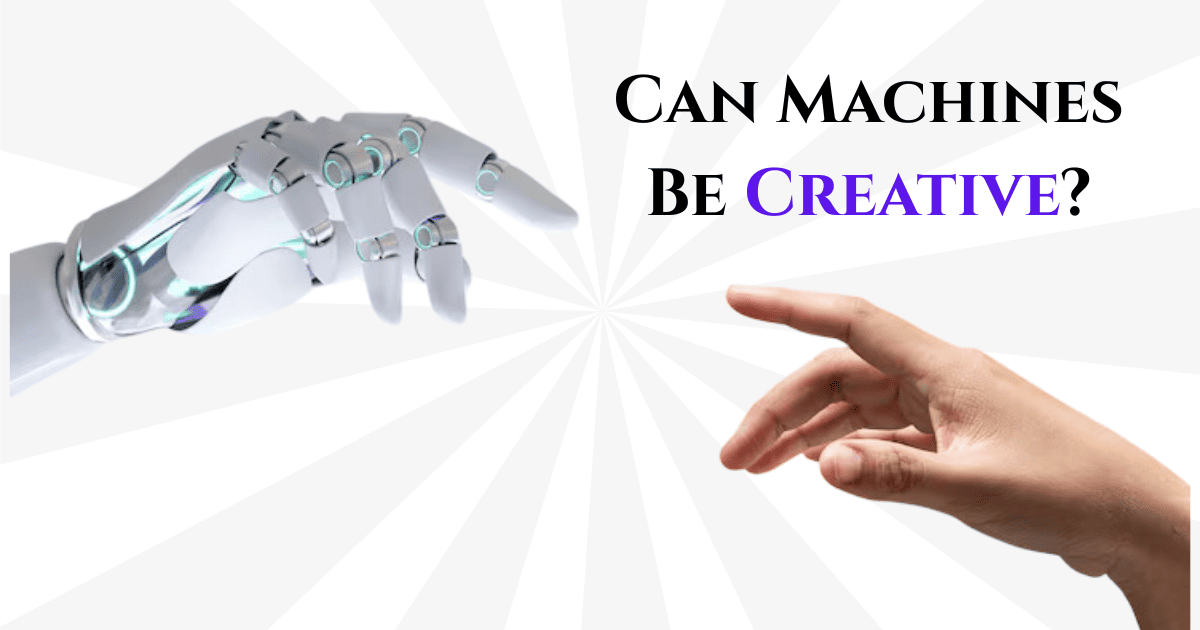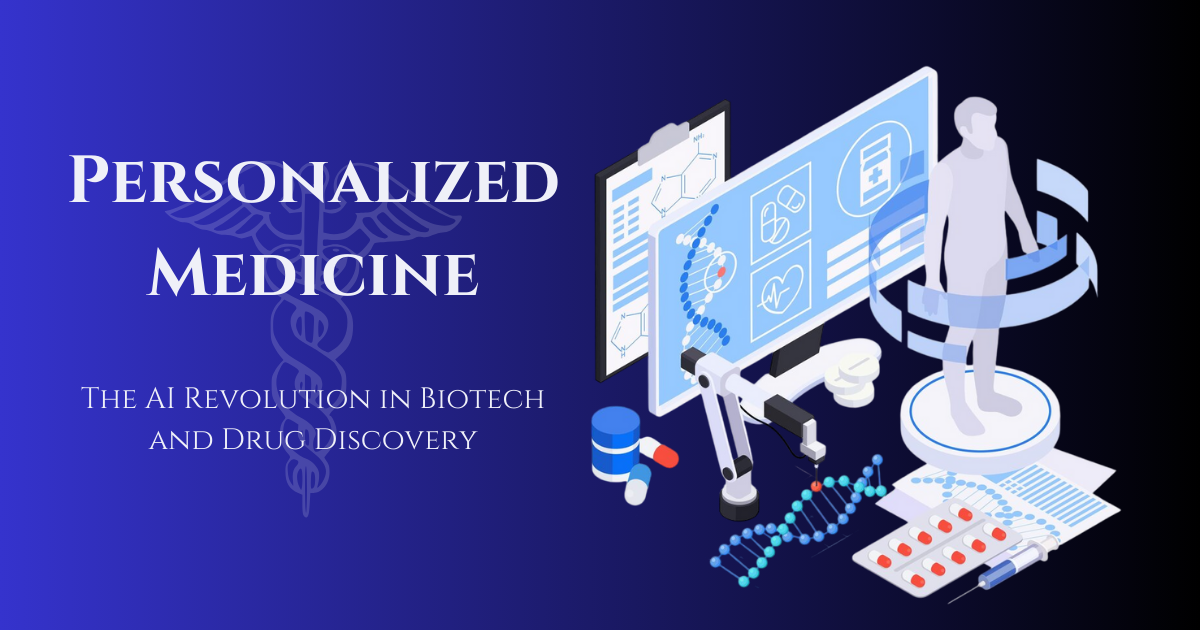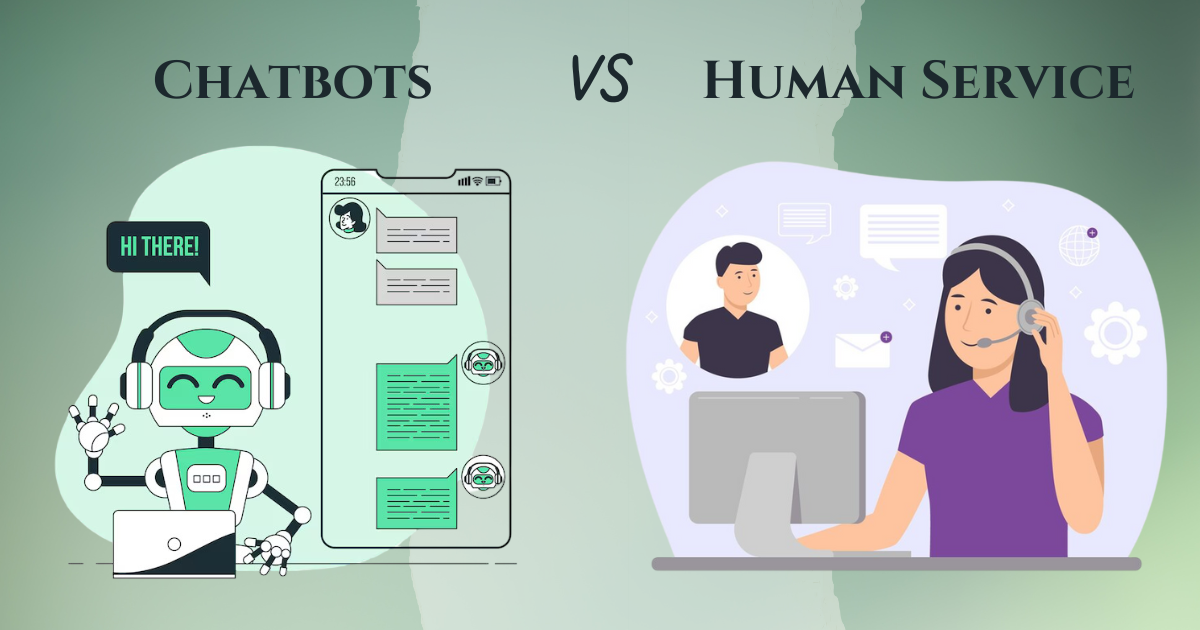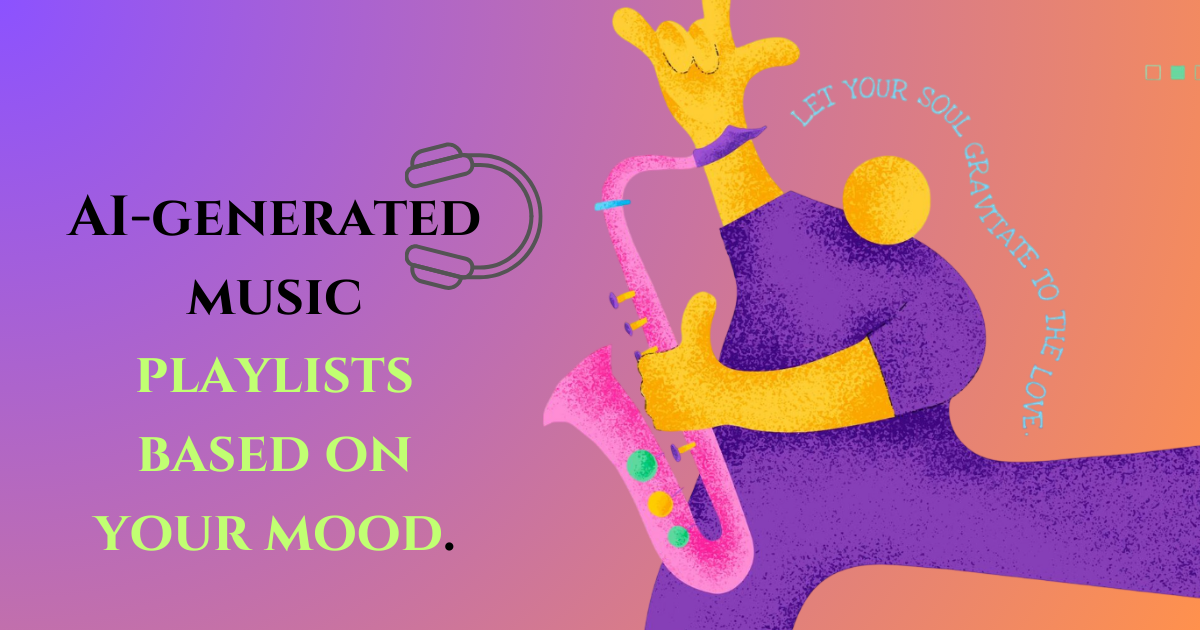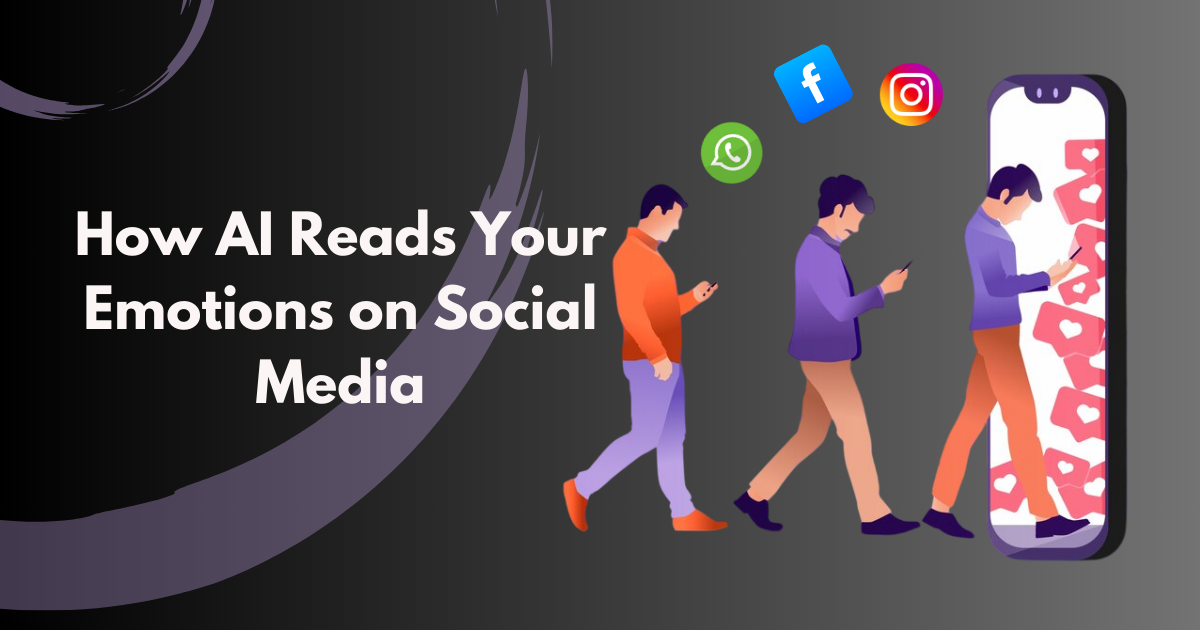AI can paint, write, and compose. But is it creating—or copying brilliantly? Let’s unpack the machine mind.
Can Machines Be Creative—Or Just Really Good Thieves?
AI can write novels in seconds, compose symphonies without hearing a note, and design artwork that wins awards. But the billion-dollar question is: Is it truly creating—or just remixing what already exists?
We marvel at machines that seem to create like humans. But under the hood, are we witnessing the rise of a new intelligence… or just the world’s fastest mimicry engine?
Let’s dissect what it really means to be creative—and whether AI deserves that label.
1. What Is Creativity, Really?
At its core, creativity isn’t about novelty for novelty’s sake. It’s about:
- Connecting unexpected dots
- Expressing inner experience
- Inventing something that didn’t exist before
But here’s the twist: most human creativity is inspired by what came before. Musicians sample. Designers reference. Writers borrow.
So… is AI doing something different—or exactly the same?
2. AI Doesn’t Think. It Predicts.
Generative AI (like ChatGPT, DALL·E, or Midjourney) works by analyzing vast datasets—millions of articles, images, code snippets—and learning patterns.
It doesn’t “think” of an idea. It predicts what should come next based on probability.
That poem about heartbreak? It’s a mosaic of every love letter and heartbreak song it’s ever scanned.
The line between “creative” and “predictive” starts to blur.
3. But If It Moves You… Does It Matter?
Here’s a curveball: if an AI-generated image evokes emotion—if it feels creative—does the origin matter?
Some argue that creativity is in the eye of the beholder. If the output surprises, delights, or inspires, who are we to judge the method?
But that opens another door: should emotional manipulation without intent be considered art?
4. Machines Don’t Know What They’re Doing
When a human writes a poem about grief, they’ve likely felt grief. There’s memory, emotion, vulnerability.
When AI writes a poem about grief, it doesn’t understand sadness. It understands how sadness sounds.
This lack of conscious experience means machines aren’t creating with purpose. They’re simulating creativity—convincingly, beautifully, but emptily.
It’s art without the artist.
5. Who Owns AI-Created Work?
Copyright law wasn’t built for machines.
- If AI creates an image, does the user own it?
- Does the model own it?
- Or the creators of the training data?
AI often learns from copyrighted content without permission. That raises the uncomfortable question: Is AI creative—or just cleverly infringing?
Some call it theft. Others call it evolution.
6. The Future of Human Creativity
Instead of asking “Can AI be creative?”, the better question is: What will humans do in response?
AI can now do the first draft—the raw idea, the sketch, the scaffold.
That frees us to:
- Be editors, not originators
- Create from higher places of meaning
- Spend more time refining purpose and voice
AI is the new canvas. Human intent is still the brush.
So, Final Answer?
Machines aren’t creative.
They’re not artists. They’re master forgers of style, highly trained remixers with no soul and no story.
But they’re useful tools for amplifying human imagination—if we know how to wield them.
Creativity isn’t dying. It’s being challenged, redefined, pushed to evolve.
Because when the machines can mimic art…
Only you can still make it matter.





